Shrub
All Shrub Content
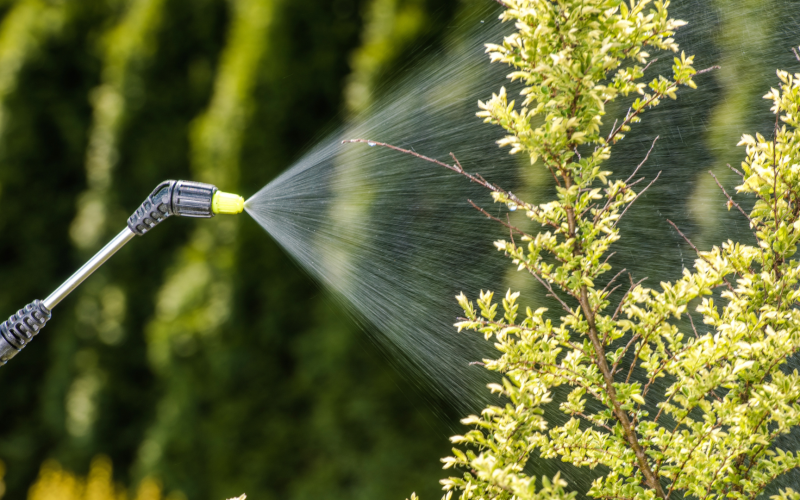
Commercial Ornamental/Turf Applicator Training @ Rapid City
SDSU Extension will host ornamental and turf commercial applicator training in Rapid City at the Ramkota (2111 N LaCrosse St, Rapid City, SD 57701) on February 25, 2026, from 9:30 a.m. – 4:30 p.m. MT.
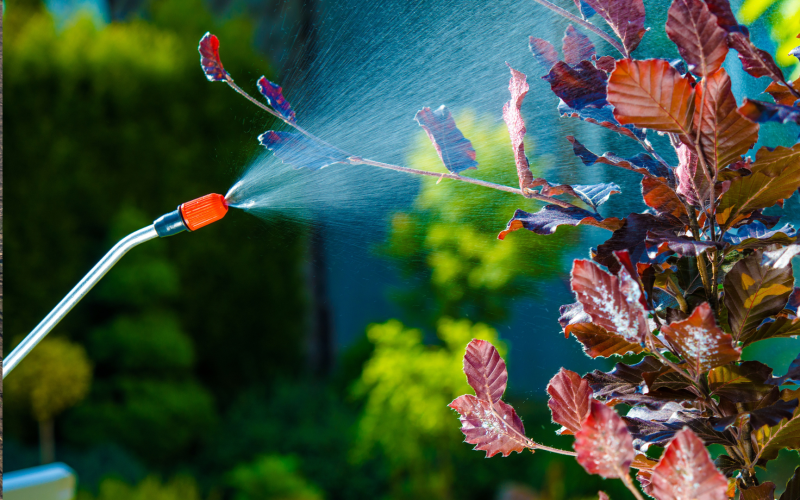
Commercial Ornamental/Turf Applicator Training @ Sioux Falls
SDSU Extension will host ornamental and turf commercial applicator training in Sioux Falls at the Best Western Plus Ramkota (3200 W Maple St, Sioux Falls, SD 57107) on February 12, 2026. CST.

X-Disease in Chokecherries
X-disease is the name given to a set of diseases caused by a strain of the bacteria “Candidatus Phytoplasma pruni” that primarily affects stone fruits. Infected plants will typically display yellowing or reddening of their leaves by mid summer.
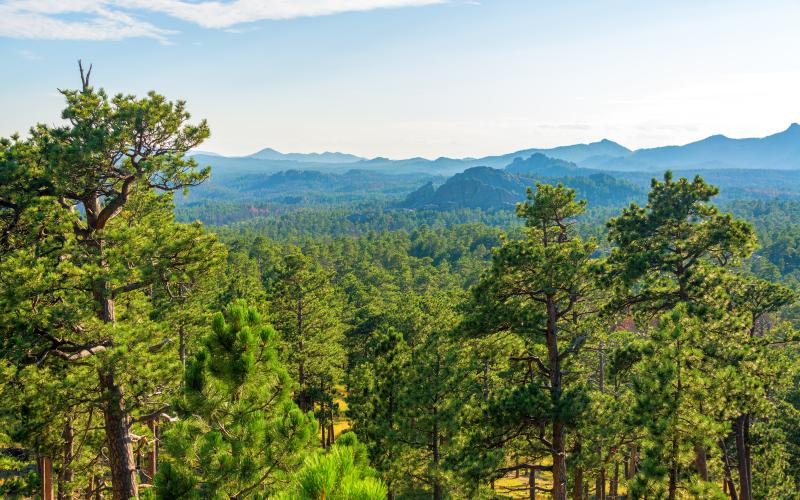
Trees & Shrubs
The United States is the world’s leading producer and consumer of forest products and accounts for about one-fourth of the world’s production and consumption.
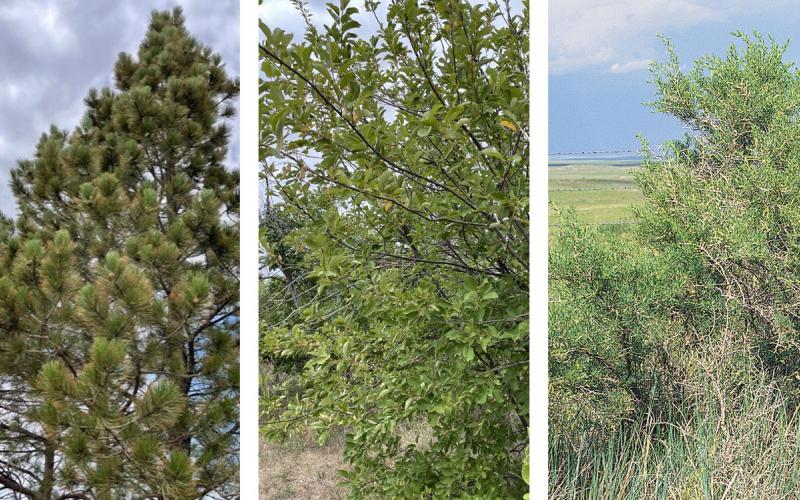
Poisonous Plants on Rangelands: Woody Species
Several woody plant species that are poisonous to livestock are found throughout South Dakota rangelands, including ponderosa pine, chokecherry, greasewood and broom snakeweed.
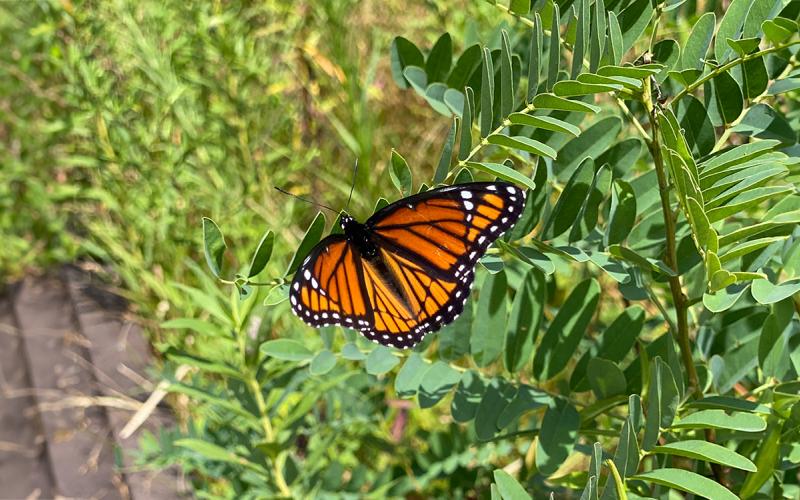
Generalist Host Plants in South Dakota
Many butterflies and moths are generalists, meaning that their larva can use a variety of host plants as food. Learn about some of the best host plants you can grow in your yard to support butterflies, moths, and everything that relies on them!
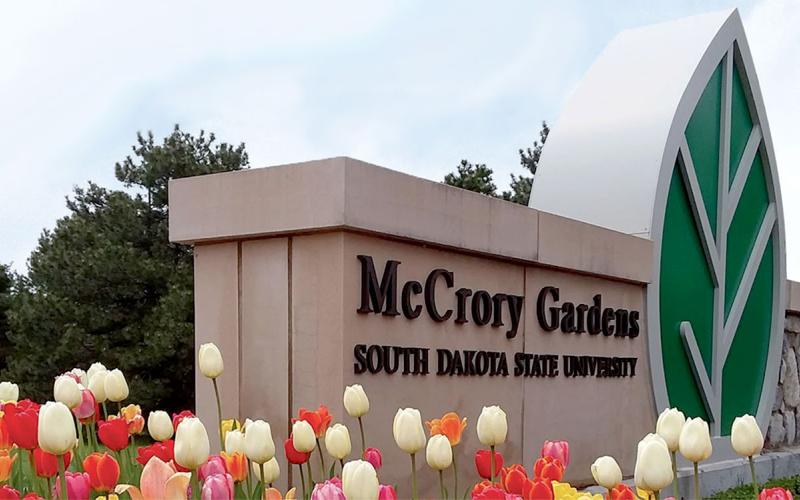
McCrory Gardens Trial Report
Trial reports for McCrory Gardens
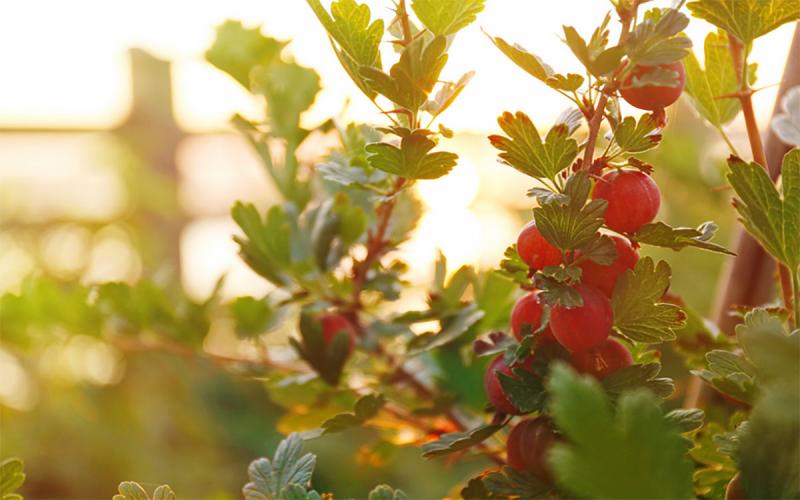
Gooseberry: How to Grow It
Gooseberries are small shrubs that can provide fruit even in partially or lightly shaded locations. Learn some expert tips for planting, growing, and harvesting them in this resource!
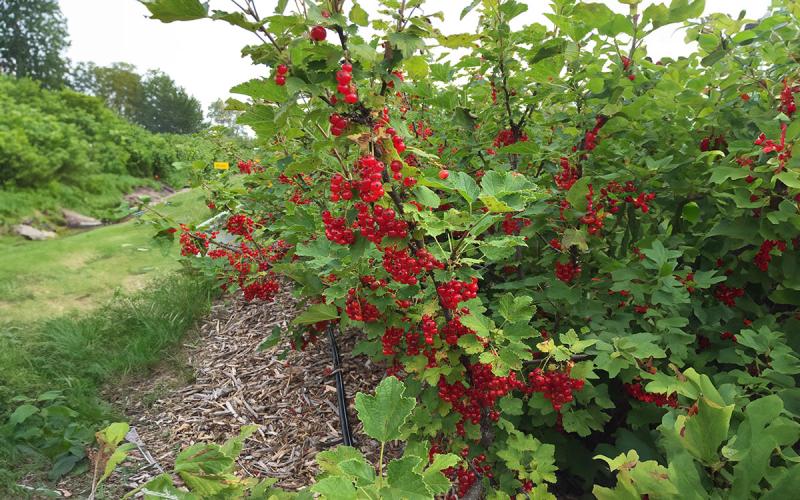
Currants: How to Grow It
Currants are small shrubs that can provide fruit even in partially or lightly shaded locations. Learn some expert tips for planting, growing, and harvesting them in this resource!
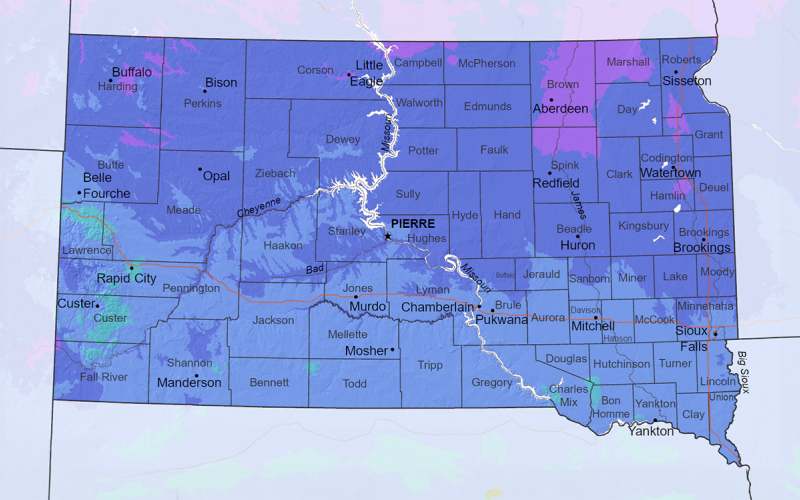
2023 USDA Plant Hardiness Zones
Winter and spring are a great time for planning new garden and landscape designs. Learn how recent updates to the USDA Plant Hardiness Zones may have South Dakota gardeners feeling extra adventurous when selecting new plants for their gardens this season!